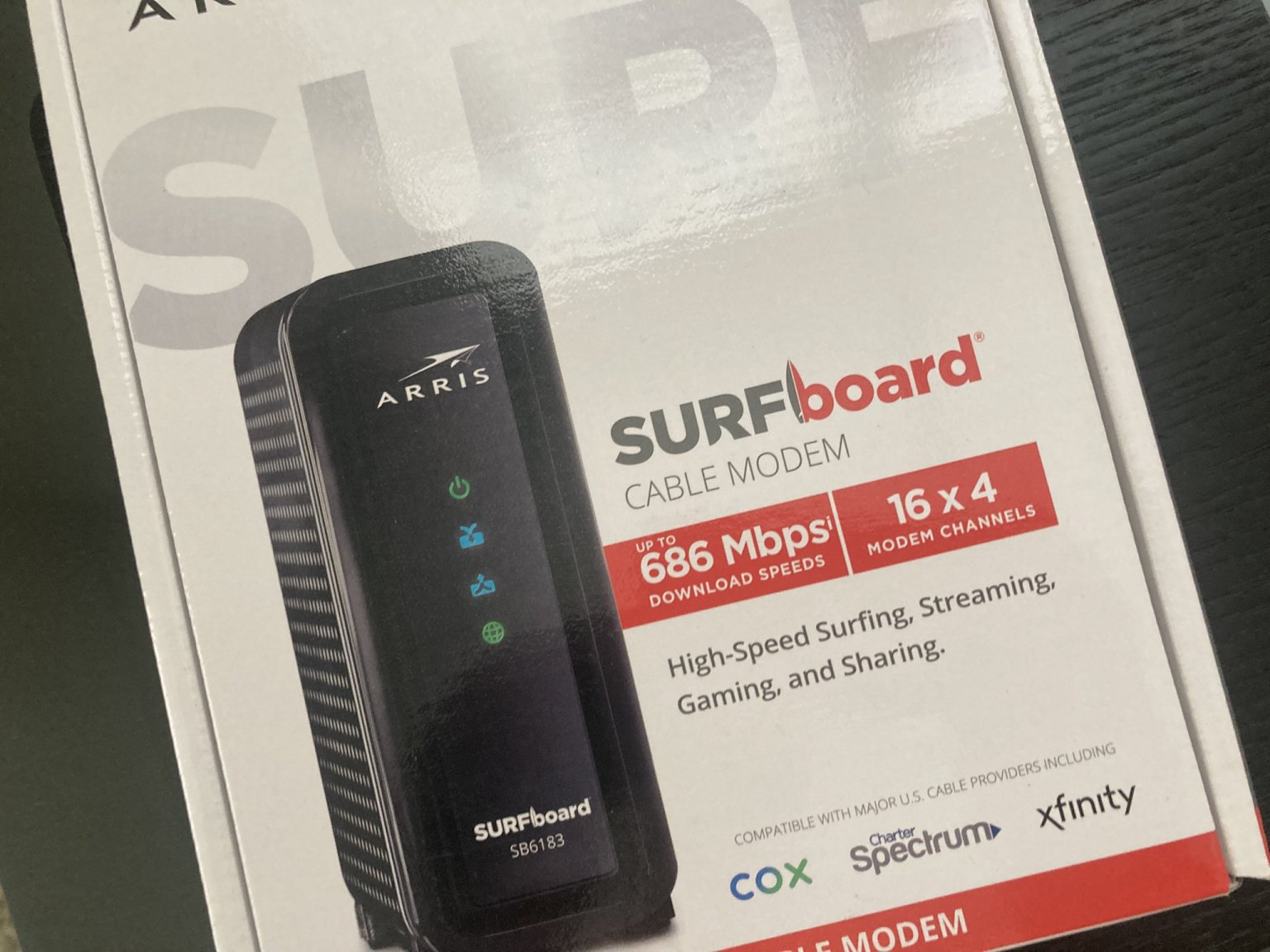Didn't find what you were looking for?
We have advanced search options to make it easier to locate posts, questions and answers on this community.
More information can be found at Advanced Search Options
If you are looking for something specific, please check if someone else has already asked or answered the same question.
Arris SB6183 Modem 686Mbps Riddle
I previously had a 600Mbps internet promotion, upgrading from 100Mbps. All was well until my promotion ended. To have the same cost, I downgraded to 500Mbps internet. Then Spectrum tech support informs me my SB6183 won't work because it maxes at 400Mbps.
I have been using my SB6183 on Spectrum at 600Mbps just fine. Tech support just says, well, their notes say max 400Mbps. Well, I would believe that statement if I hadn't been using it on 600Mbps no problem. TS just says, that is what their notes say (incompatible).
Well, my personal experience was 600Mbps and the box shows 686Mbps. What gives? Something doesn't seem right here.
Best Answers
-
Hello @donb_2
Welcome to our community! I apologize for any confusion with the modem. The speeds on the box would indicate the maximum speed the modem is capable of under ideal conditions, but is not reflective of what speeds it can consistently produce on each individual providers network. The SB6183 is a DOCSIS 3.0 modem, which is a slightly older DOCSIS version and functions a little differently. We are in the process of moving all customers to DOCSIS 3.1 modems as the provide higher upload and download speeds and are the current secure DOCSIS version.
Please see our list of approved customer owned modems and the speeds they are rated for on our network for more information.
2 -
The OEM webpage for old hulk shows the white one. Image 5 of 6 shows the box of/for the white one also saying "'UP TO 686 Mbps[i]" with the write-up saying "… supports cable internet speed plans up to 400 Mbps." But it's all academic at this point since they've deprecated the old hulk and the rubber met the road when you switched speed tiers.
🔗
0
Answers
-
I understand all of that but why did TS tell me SB6183 maxes at 400Mbps when I had taken routine speedtests of it consistently getting > 600Mbps.
I see an SB6183 advertised with a white case that maxes at 400Mbps but that's not the one I own. Mine has a black case. I can reconnect my SB6183 and it's only doing 100Mbps.
0 -
I am leaving it as answered by Spectrum deprecating DOCSIS 3.0.
I know mine was running > 600Mbps and so no one can tell me it maxes at 400. The new one maxes at 400 but I was not referring to that one.
0 -
The theoretical speeds of 608+ are assuming you get all of the 38.88+ mbps per channel across all 16 channels with no errors/losses, etc.
The more realistic expectation is closer to the equivalent of around 24-28mbps per channel to come in somewhere around 400-440 usable throughput.
It goes beyond just potential signal quality issues. There are some gotchas with how packets get bundled... buffering/bursting windows and such that can cause some weird overhead issues that impact the efficiency/consistency of the transmissions. You can still ping over 600mbps intermittently with lower tier subscription levels... but over longer time frames it can drop down lower.
As 3.0 structures start phasing into 3.1, we will likely see fewer channels available to support the fallback transfers... 32x 3.0 channels may no longer be available for use, which will mean less bandwidth to share on 3.0 hardware. Eventually it will be necessary to clamp the provisioning down in those spaces—if it has not already started happening in some markets. Getting around those limitations will require going to at least 3.1 hardware to take advantage of the OFDM channels.
0


